Seems like the seasons are flattening out–one leading into the other w/o much transition or distinction. But it’s spring now and color is back on this soil’s palette. Now–if I were more literate technically you could already be viewing the mother of all forsythias.
But I’m not. Not quite illiterate but nearly and it’s driving me nuts. Like just now, I tried to download pics from phone to pc. PC didn’t recognize iphone so I had to send each image as an email to my desktop. Then I tried to save them to insert here and they’re off on some g-drive. I found them and can look at them but that’s it. No idea how to move them here because wordpress doesn’t support their current format. Do I sound frustrated. Back in a bit.
Okay. Had different options this time.
Now look at this–while trying to upload pics of the redbud, weld and woad, dogs’ morning-sniff-about I stumbled upon this option. A slide show. Does it work? Too tedious?
Forsythia is about 25′ in width. Image does not convey the sunshine she emits. The single rosette green plant is weld–traditional plant for yellow. When I eco print with it, though, it leaves a wonderful green image. The other greens are woad–similar to indigo in the way it has to be processed to give up its color.
So what I’m loving about eco printing–in addition to its beauty–is the fact that the materials I need for working with it are simply a step out the front door. I try really hard only to use foraged material–stuff that’s already fallen from the tree or plant. Recycling energy. I’m also intrigued by the notion of slow color–of letting botanicals brew for however long–but truth be told, I’m not good at waiting so generally use steam to facilitate the process.
Where I was leading with this is the fact that eco printing/natural dyeing has brought home to me the adverse impact commercially dyed fabric has on the environment. And along those same lines I’m doing somewhat of an experiment. Trying to see if I can go an entire year w/o buying anything new–even if it comes from Goodwill. And I’m upcycling garments that I haven’t worn in a few years–a dress and a shirt. Big pockets on the front–essential for all the stuff I seem to gather in a day’s time.
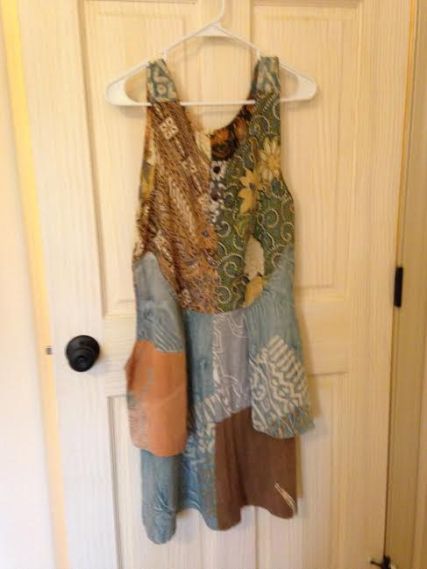
and this –a coat I made during the winter by felting wool from old sweaters. Repurposed, recycled, reused. Another R word is trying to surface–two actually. Returning and roots. As in an idea I may blog about later.
–
That’s it for now. And please may I get faster at blogging.
Oh wait–a fine green eco print that came about from light indigo over dyed with goldenrod.

and if you’re so inclined–check out: www.thelanguageofleaves.com

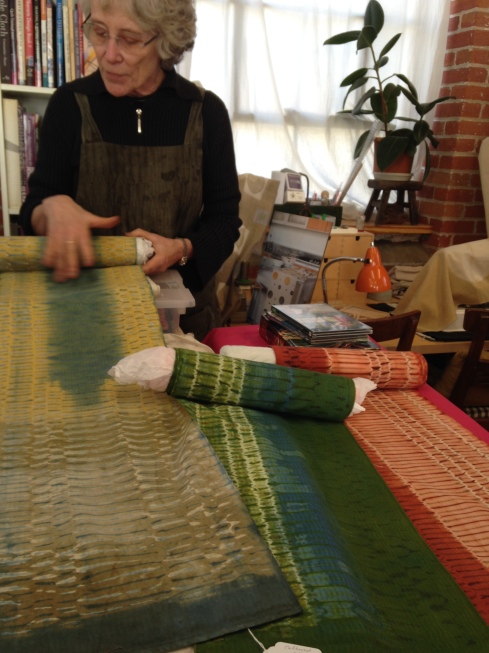

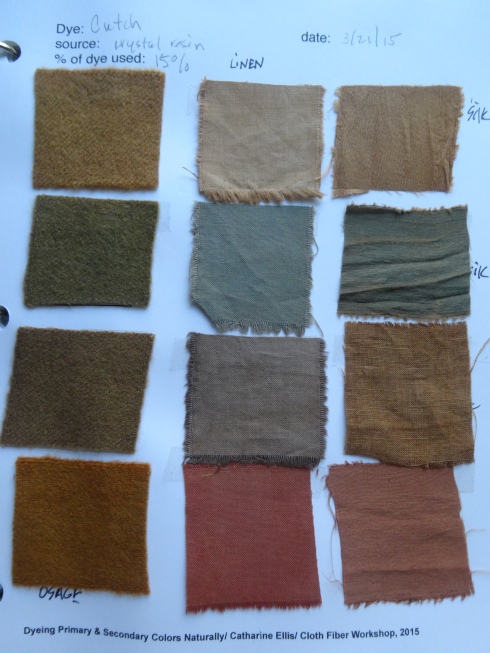
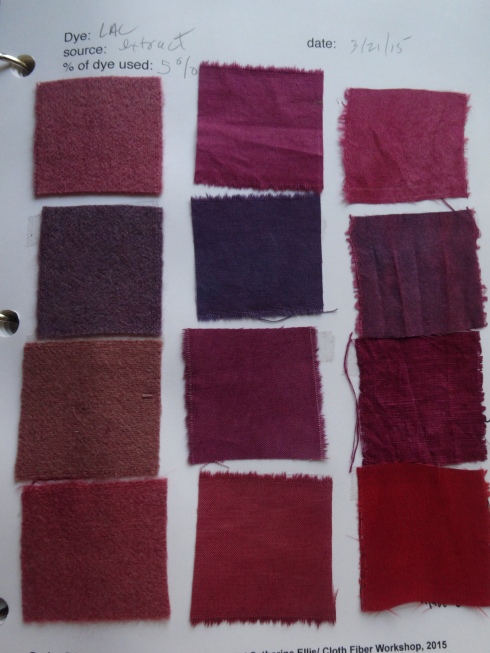

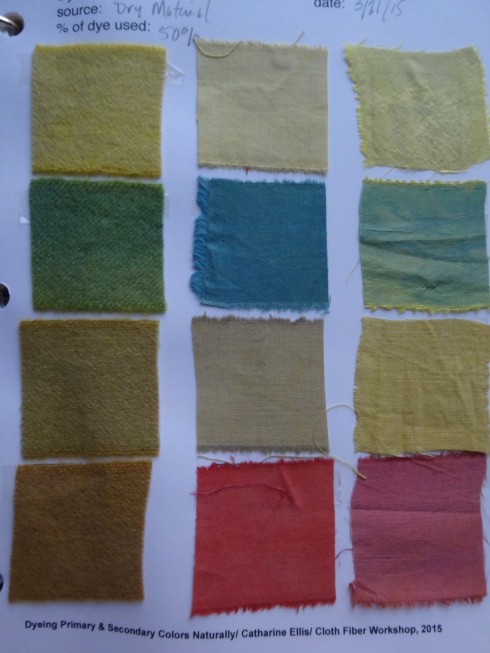
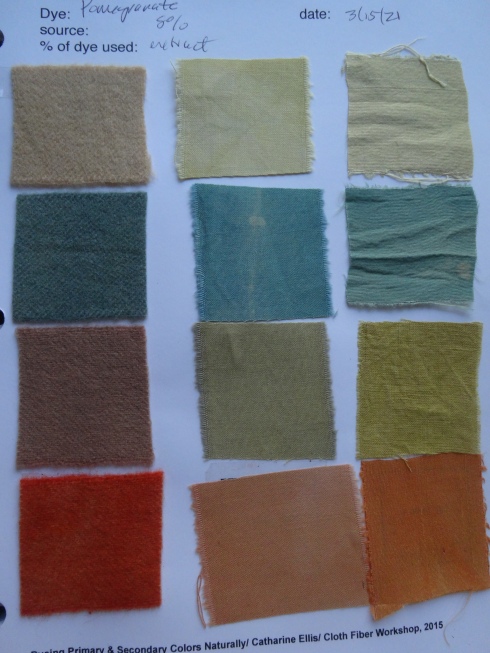


Comments